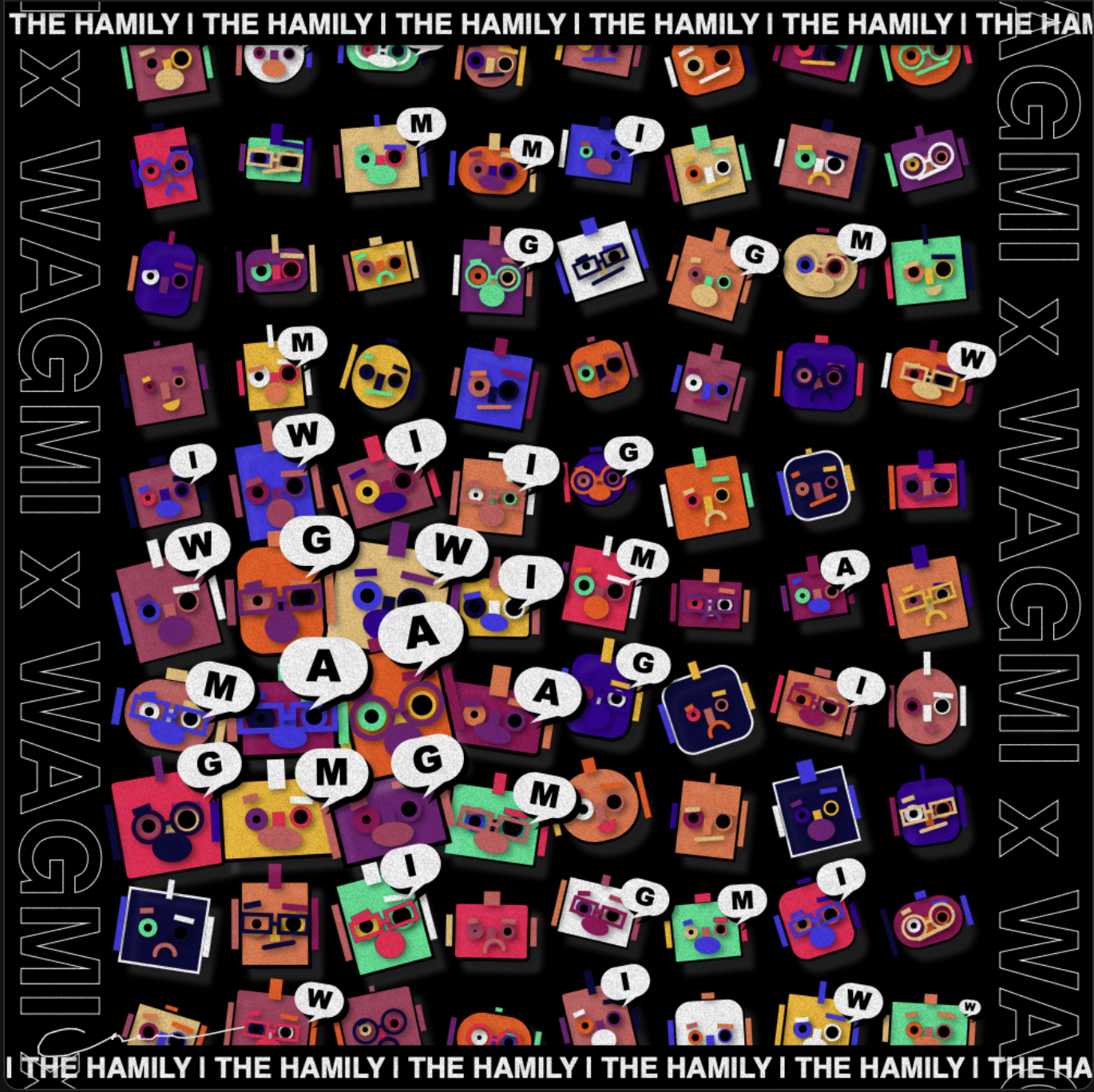Tactile Palaces
The work Tactile Palaces by Jonathan Monaghan are a series of digital animations sold as NFTs that depict a hand in a colorful velvet glove caressing different pieces of interior architecture from iconic European palaces. The interior architecture of these European palaces are transformed into a cloth like texture and the gloved hand is slowly pushing and prodding this soft piece of architecture. The hand is disembodied, so we never get to see who’s hand it is, but we know that they don’t want to harm the artwork, hence the gloves. The hand also has a different color velvet glove for every piece in the series. The background of all these artworks is a solid color and normally complimentary to the color of the velvet glove so that the hand and cloth piece stand out better. Some of the palaces that Monaghan chose to show were Buckingham Palace and the Palace of the Louvre. These are both palaces with extremely intricate and beautiful interior designs.
Tactile Palaces exhibition. Courtesy of: https://jonathanmonaghan.com/work/tactile-palaces/
Tactile Palaces exhibition. Courtesy of: https://jonathanmonaghan.com/work/tactile-palaces/
This series of artworks were made in 2021 during COVID. This is significant because many artists were questioning and thinking about the relationship between the digital and the tangible. COVID was mostly over in 2021, but there were lasting effects that were visible in the artworks of this time period. Multiple artists were grappling with similar ideas of the disconnect between the tangible and digital worlds, but Monaghan also wanted to talk about wealth and greed. Monaghan used these palaces because they embody desire themselves. The hands aren’t exactly grabbing at this wealth, but they are caressing it and testing if it is real or not. These hands will never grasp anything of value, but they still try regardless. Monaghan is making a statement about the value of digital art. Digital art has no real value if people don’t give it value, it’s not tangible like gold. Making this series into NFT’s is also to get his point across that we give things value, even if it is an imitation of something real. This animation says so much about the meaning of value, especially as we enter an age of digitization.
Sources:







